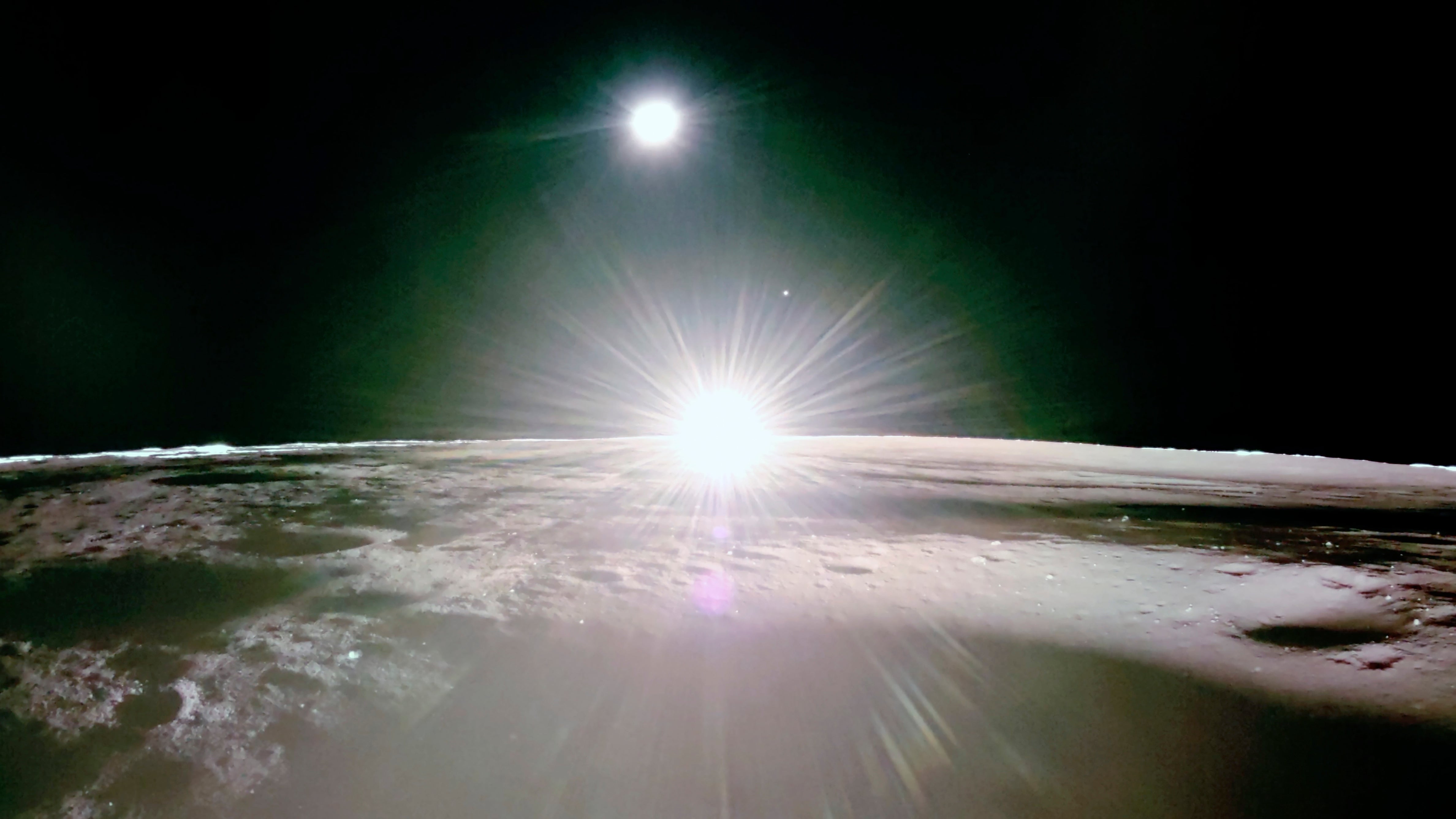Sunset seen on the moon in groundbreaking images taken by Blue Ghost lunar lander
The photos were the last the lander beamed back to Earth before falling silent

A private lunar lander has made history by capturing the first high-definition images of a sunset on the moon.
Firefly Aerospace and Nasa unveiled the photos on Tuesday, showcasing a breathtaking view that includes Venus shimmering in the distance.
The images were transmitted shortly before the Blue Ghost lander fell silent over the weekend.
It had touched down on the lunar surface on March 2, becoming the only private spacecraft to successfully land upright and execute its complete mission.
Over the past two weeks – the equivalent of one lunar day – it has beamed about 120 gigabytes of data back to Earth and drilled into the moon’s surface to measure ground temperatures.
After the sunset, it continued to capture images and gather scientific data for five hours into the lunar night before running out of solar energy and falling silent.
Nasa’s Joel Kearns said that Blue Ghost’s sunset series represents the first high-resolution images of a sunset from the moon.

Scientists are particularly intrigued by a horizon glow captured in at least one photo, potentially caused by levitating lunar dust.
That theory was first proposed by Apollo 17 astronaut Gene Cernan, the last person to walk on the lunar surface over 50 years ago.
Further analysis will be needed to determine the exact nature of the glow.
"What we've got is a really beautiful, aesthetic image showing some really unusual features," Mr Kearns said during a news conference.
As part of Nasa’s commercial lunar delivery program, Blue Ghost carried out 10 scientific experiments.
While all mission objectives were ultimately met, the lander's on-board drill encountered unexpected resistance, reaching a depth of only three feet (one metre) instead of the planned 10 feet (three metres).
Firefly said it will try to activate the lunar lander in early April following the lunar night, which lasts for two weeks and is bitterly cold.
However, engineers are doubtful that it will crank back up.
Join our commenting forum
Join thought-provoking conversations, follow other Independent readers and see their replies
6Comments